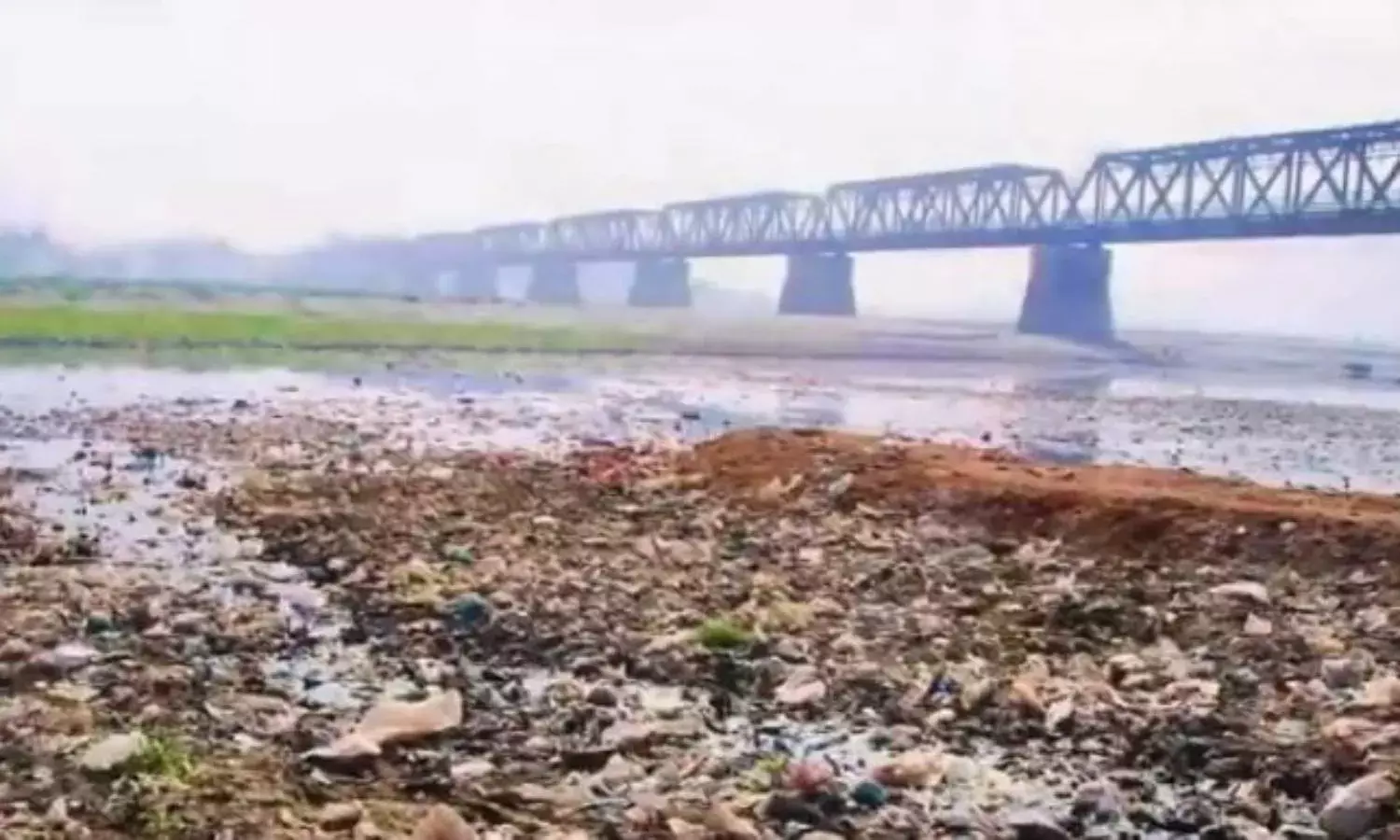'We Need to Recognise that Trees, Rivers, Soil are Non-Renewable'
#TCHasRights - The right to clean air and water is recognised as a fundamental right

NEW DELHI: “The government’s initiatives aren’t enough. If they were the Yamuna would be clean today” says Vimlendu Jha, founder of Swechha. And continues, “The Yamuna is one of the most polluted rivers in the world, primarily because not enough has been done by stakeholder, government or citizen. A lot of our work is to put pressure on the government to make the Yamuna clean.”
Jha expresses concern over the growing environmental problems in the country and the world. “Swechha is a citizen’s movement started to cure the crisis India is facing right now in every field, be it the water crisis or the air crisis, in the past couple of years. It is a very critical and important time for organisations like Swechha to raise the right voice in terms of ecology, policymaking, engaging with the citizenry,” he says.
“Part of our work is to engage with policymakers to ensure that the right policies are made and executed on the ground. The other part is to make sure that environmentalism or environmental leadership and responsibility form part of every citizen’s behaviour.”
“A related part of our work,” Jha added, “is to organise cleanup drives, workshops, river tours, to create awareness to bring the Yamuna back to the combined map of the populace.”
A recent report published by the Niti Aayog states that 21 Indian cities including Delhi, Bengaluru, Hyderabad and Chennai will run out of groundwater by 2020, striking trouble at 100 million people. By 2030, the report states, 40% of Indians will not have access to drinking water.
Industrial global warming compounds this alarming situation. The report points out that “Droughts are becoming more frequent, creating severe problems for India’s rain-dependent farmers – 53% of agriculture in India is rainfed. When water is available, up to 70% is likely to be contaminated, resulting in nearly 200,000 deaths each year.”
Progress has been mixed in reducing this “disease burden” as the report reveals. “While access to water has improved markedly in recent years, with almost 87% of rural households having access to ‘basic water’, the provision of safe water remains a large challenge. Currently, only half of the rural population has access to safely managed water, resulting in one of the highest disease burdens due to water-borne diseases in the developing world.”
The crisis was not unexpected, Jha points out, and has to do with a short-sighted view of development. “Many cities in the country are going to go into a situation of water crisis. In Delhi, the entire encroachment that has happened on the floodplains, or on almost 200 lakes and national water bodies… all of them have been violated.
“The number of trees that are being cut in Delhi has led to the depletion or contamination of groundwater. Delhi is already under a severe water crisis, and the poorest of the poor are worst affected.”
What needs to change? “The government needs to understand that, while infrastructural development is important for the country’s development, to do so at the cost of national heritage like trees, rivers, soil and water bodies of the country is absolutely risky, as these are non-renewable,” Jha told The Citizen.
“They shouldn’t just be spending on building roads and highways and flyovers but also making sure that our land, our air, and our water is maintained – largescale contamination of these will lead to a great public health disaster.”
Jha stresses that the public also has a role to play, requesting us to “Wake up as responsible citizens, it is not just your right to clean air and water but also your duty to maintain and preserve this heritage, because public responsibility and government initiatives go hand in hand.”
Evidently, the water crisis in Delhi and around the country – and in many other countries – has happened due to mismanagement, a lack of proper planning, and corruption by the government and large businesses. As time runs out, can committed individuals or organisations put up an effective fight against this nexus?



